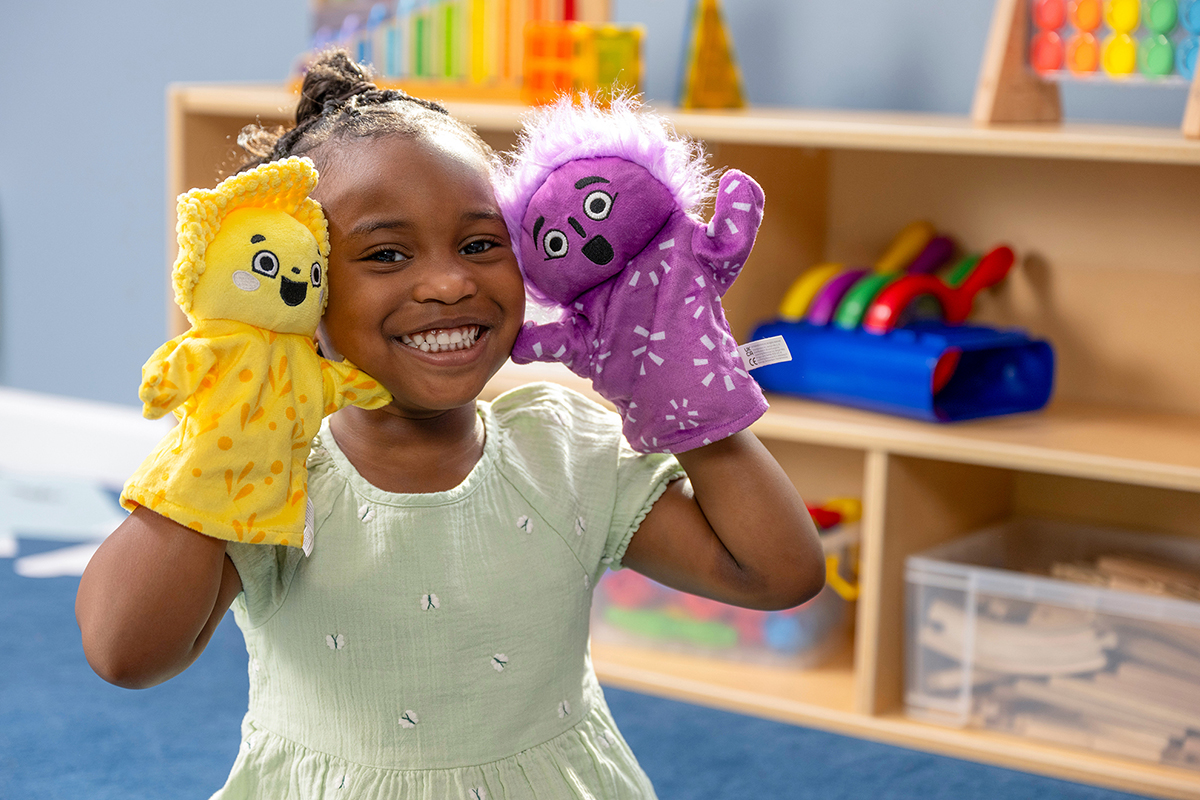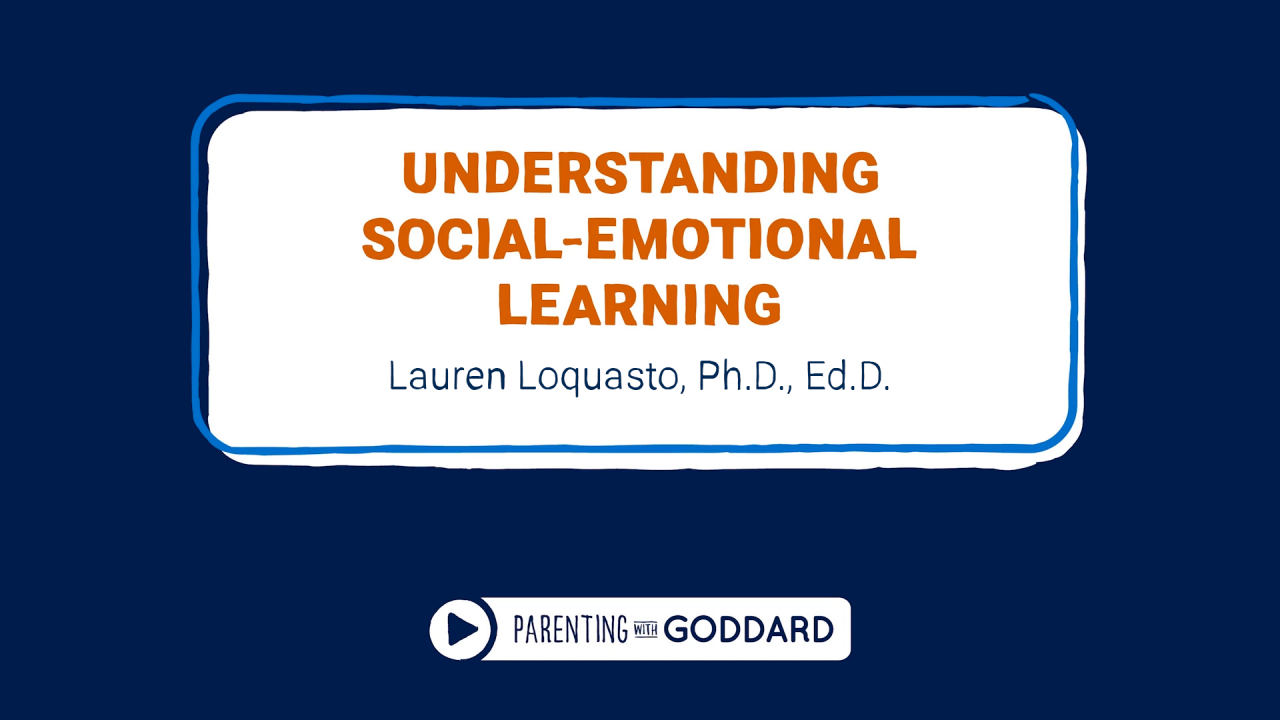Reading with your child is a magical experience that builds their vocabulary, strengthens your bond and supports brain development. It’s not just about reading to them but reading with them — making the story come to life through conversation and connection. Research shows that regular reading boosts cognitive skills well into their future, and it’s best to read together at least 3 – 5 times a week.
Make reading part of your routine, and remember, it should be fun — cozy moments that encourage curiosity and love for stories. Here are some tips for making the most of your reading time based on your child’s age:
Infants (birth to 18 months old)
- Select board books or cloth books. Find stories with one to two bright or high-contrast images on the page that allow your child to identify and connect with the content.
- Interact with your little ones as you share a book together. Show your baby the book. Talk about the images, make eye contact and respond to their babbles and gestures. The activity will have a significant impact on your children’s brain development!
- Encourage your child to touch and hold the book. Chewing on the book counts as part of the process! Children learn through all of their senses. It’s the way they explore the world around them and part of the fun.
- Point to pictures of animals or vehicles with older infants and make sounds that your little one may repeat. Use large gestures and repeat words to keep your infant’s attention.
- Repeat the stories over and over again. This will help with both language and cognitive development. You may find that your child has a favorite book by their reactions.
Here are three of our favorites:
Baby Faces by Margaret Miller
Calm Down Time by Elizabeth Verdick and Marieka Heinlen
Moo, Baa, La La La! by Sandra Boynton
Toddlers (18 to 36 months old)
- Introduce longer board and paperback picture books at this stage. Choose those with familiar images and some words or short sentences.
- Ask your little ones to point to what they see as you read. Where is the dog? Can you find the sun in the sky?
- Don’t worry if you don’t finish a book the first time. It’s easy for toddlers to get distracted. When you share the book again, review what you read before and continue. The repetition helps children with comprehension and vocabulary.
- Ask what and who questions. Respond with excitement and encouragement.
- Talk about who the characters are and how they might be feeling. Make faces expressing different emotions together.
Here are three of our favorites:
No Matter What by Debi Gliori
Little Blue Truck by Alice Schertle and Jim McElmurry
Ten Little Fingers and Ten Little Toes by Mem Fox and Helen Oxenbury
Preschoolers (3 to 4 years old)
- Add longer books with more words and sentences.
- Focus on key concepts. For example, ask your child to point to all the blue items or count the number of items on the page.
- Discuss how to turn the pages and follow the words from left to right.
- Ask your child to choose the book you will share. This choice supports decision-making skills and self-expression.
- Point out beginning letters and make the letter-sound connections together.
Here are three of our favorites:
Me First by Helen Lester and Lynn Munsinger
My Friend Is Sad by Mo Willems
The Good Egg by Jory John and Pete Oswald
Pre-K and Kindergarten (4 to 5 years old)
- Select early reader books to add to your child’s library.
- Read rhyming stories and repeat the rhyming words together. This supports letter-sound recognition.
- Point out words that begin or end with the same letters, and have your child do the same.
- Explain new words to your child and relate them to what your child already knows.
- Ask your child to use predictability and picture cues to complete words or sentences.
Here are three of our favorites:
The Dot by Peter H. Reynolds
Red: A Crayon’s Story by Michael Hall
The Snowy Day by Ezra Jack Keats
Early Elementary Years (6 to 7 years old)
- Encourage your child to select the books. You’ll learn what topics interest your child. The best way to build a love of reading is to begin with high-interest stories.
- Before you read a book, show your child the cover. Ask what they think the title might be and what the story will be about.
- Use open-ended prompts to give children more space to talk about the story. Try saying, “Tell me what is happening” or “How do you think the character feels?”
- Ask your child what happened or about the key details at the end of the story. Try asking, “How did the character learn their lesson?”
- Practice guided reading by having your child read recognized words and sound out new words. Support your child’s self-corrections.
Here are three of our favorites:
The Empty Pot by Demi
The Sandwich Swap by Queen Rania Al-Abdullah of Jordan, Kelly DiPucchio and Tricia Tusa
The Most Magnificent Thing by Ashley Spires




